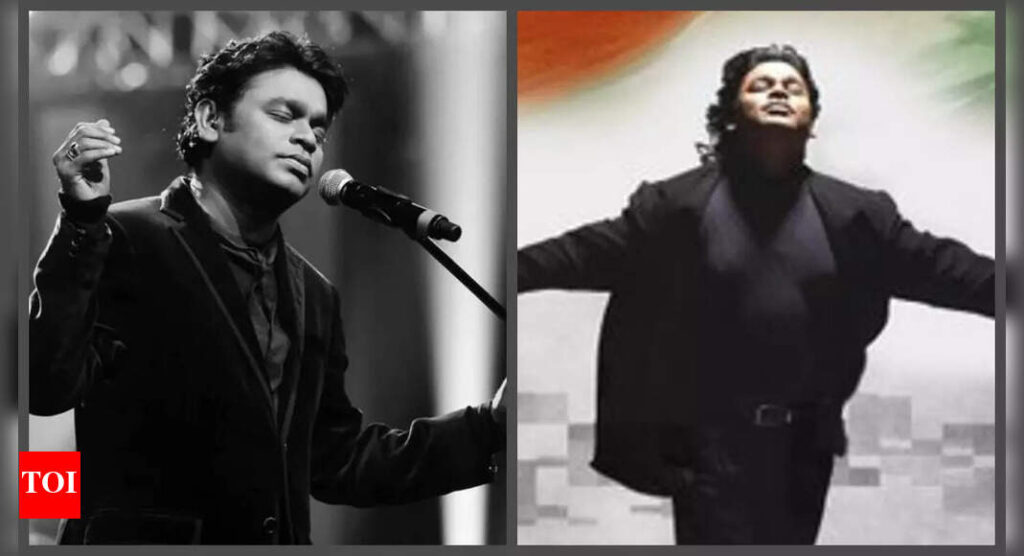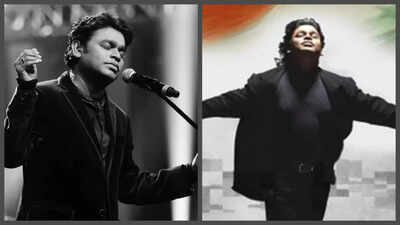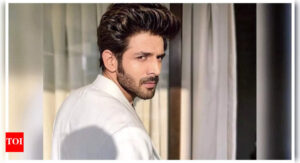Bharat Bala recalls AR Rahman recording Vande Mataram song at 2AM, says he makes everything spiritual: ‘He lit a candle that comes from Ajmer dargah…’ |

‘Maa Tujhe Salaam’ was more than just a song—it was a moment in history. Nearly three decades later, AR Rahman’s 1997 rendition of Vande Mataram still echoes across generations. But few know the intimate, almost spiritual circumstances under which the track came to life.
A love song, not a patriotic slogan
During a conversation with The Lallantop, filmmaker Bharat Bala revealed that his vision for Vande Mataram went beyond a conventional patriotic anthem. He wanted the song to carry a romantic tone — a heartfelt ode to the country, rather than a jingoistic message. Bala shared that the idea was in development for nearly six months, inspired by an old scratch version that once aired on All India Radio. According to him, the goal was to craft something deeper — a love song for the nation and its people, one that would resonate emotionally and stand the test of time.
A 2AM recording sparked by faith
He also recalled the lengths AR Rahman went to for the recording of Vande Mataram. Rahman had set up a dedicated studio on the second floor of his home solely for the project. Despite months of effort, the right moment didn’t arrive—until one night. Bala shared that they had been sleeping on the studio floor when Rahman suddenly woke up at 2 a.m., lit a candle brought from the Ajmer Dargah to set a spiritual tone, and felt inspired to record. With no sound engineer available at that hour, they still decided to capture the magic as it unfolded.Bharat went on to reveal that the version of Vande Mataram we hear today is the very same raw take recorded that night—without any retakes or refinements. With no sound engineer present, Rahman asked Bala to sit with him and assist. Though hesitant to take on the responsibility, Bala agreed, and within 15 minutes, Rahman stepped into the booth and began singing ‘Maa Tujhe Salaam.’ The emotion was so overwhelming that Bala was moved to tears. That powerful, impromptu rendition—captured in complete solitude—became the final version used in the now-iconic track.
Details of the video
Bala further shared that the Vande Mataram video was made with minimal planning and maximum emotion. There was no storyboarding or elaborate prep—instead, he focused on capturing real people, real landscapes, and genuine emotion. The vision was simple yet powerful: to shoot across diverse regions of India with a giant flag, gathering locals at each spot. There was no makeup, no choreography, no rehearsals—just raw, unscripted patriotism filmed artistically. The shoot wrapped in just 20–25 days, and Bala had the final video ready within another ten. His goal was clear: to make something epic, honest, and deeply human.







